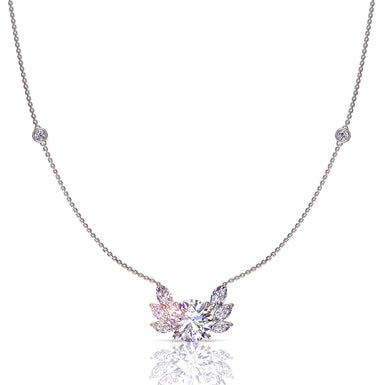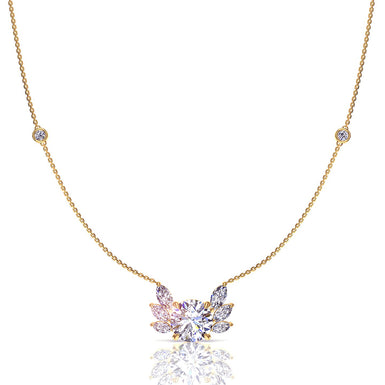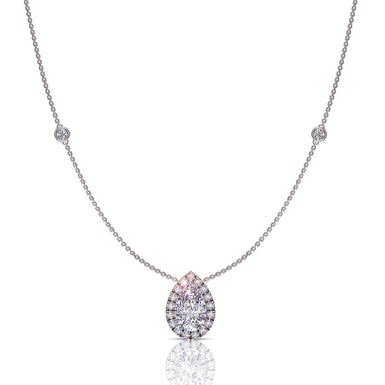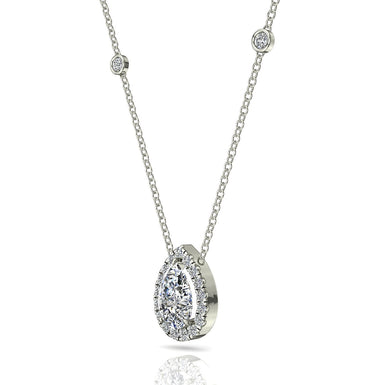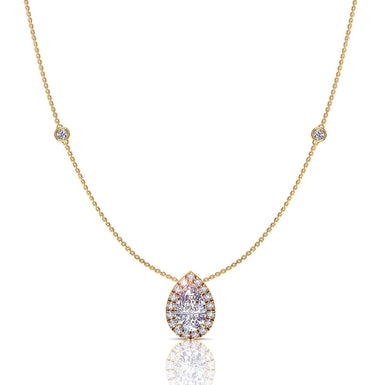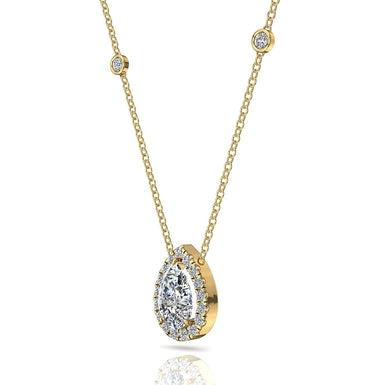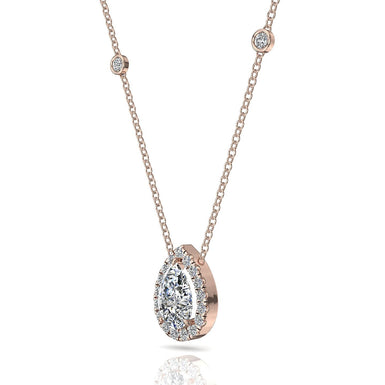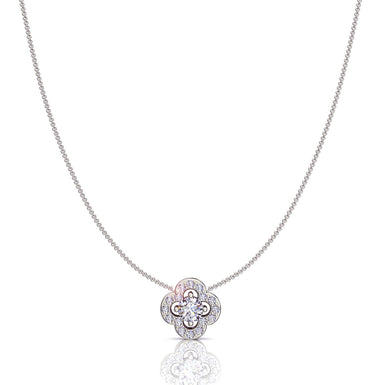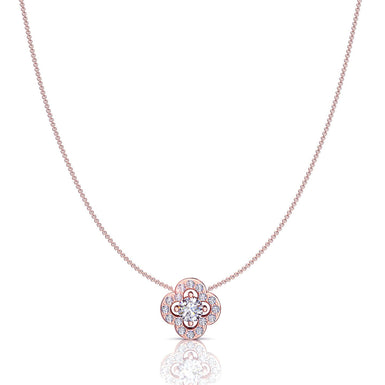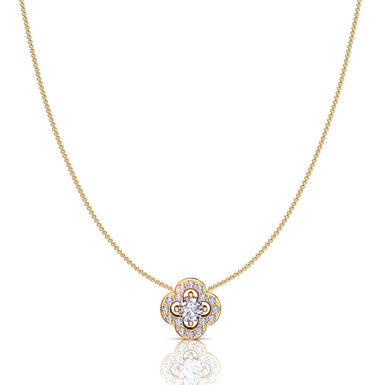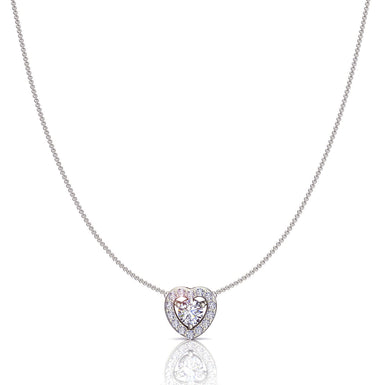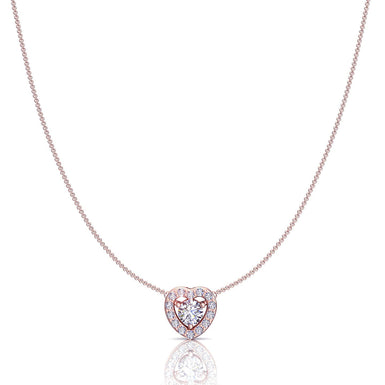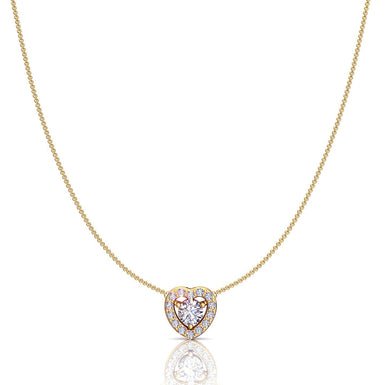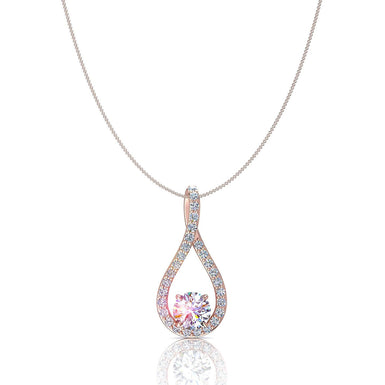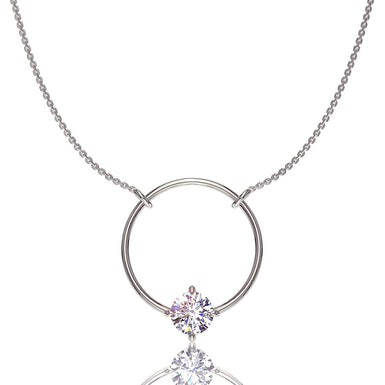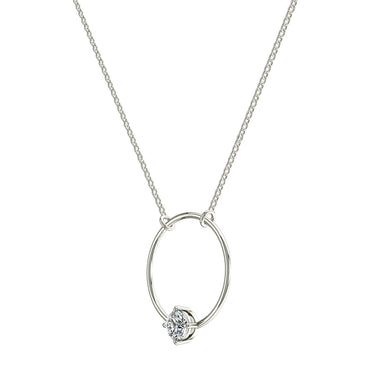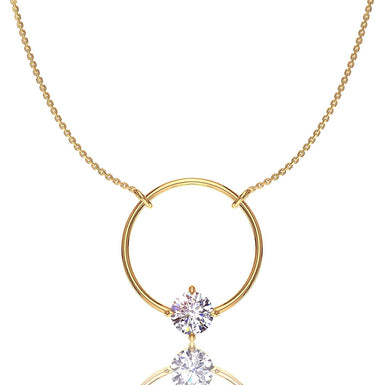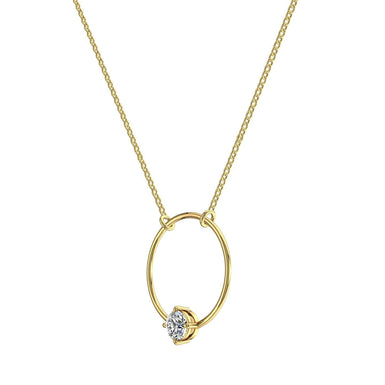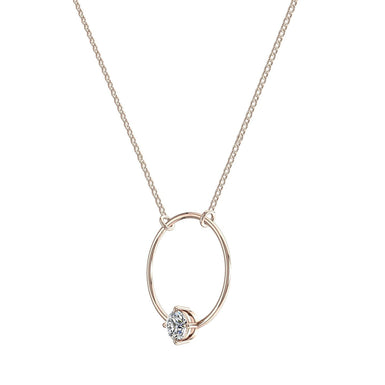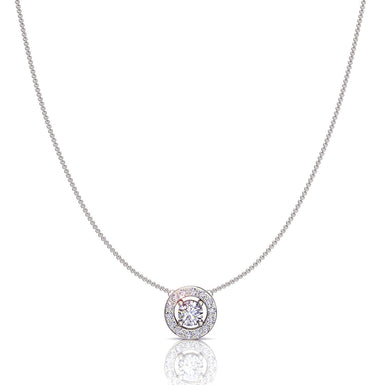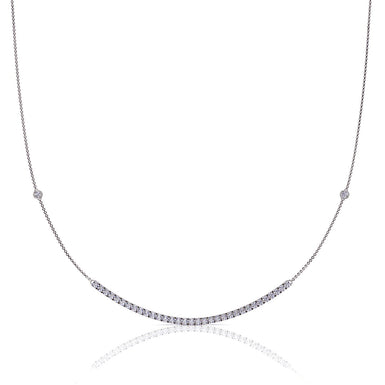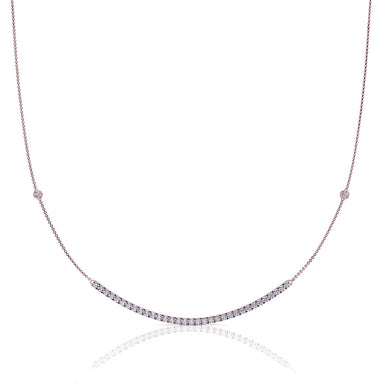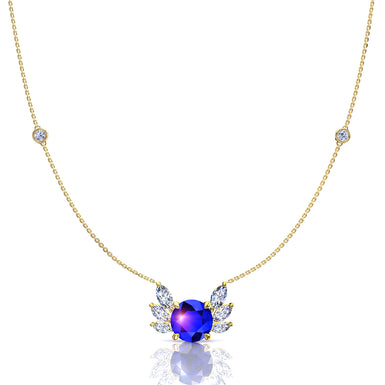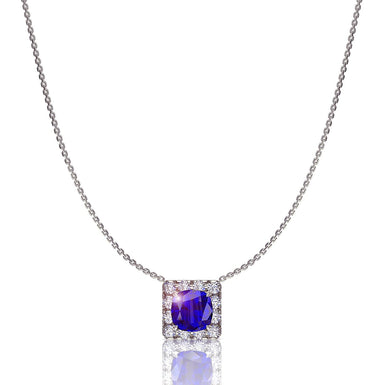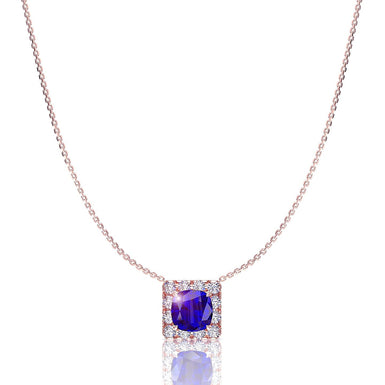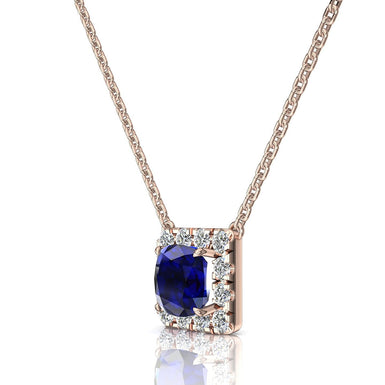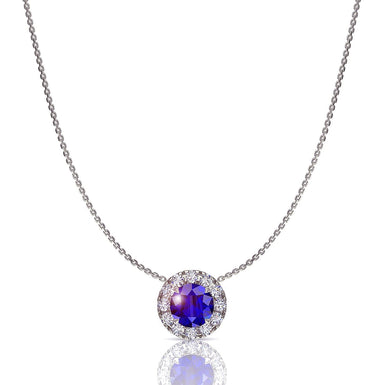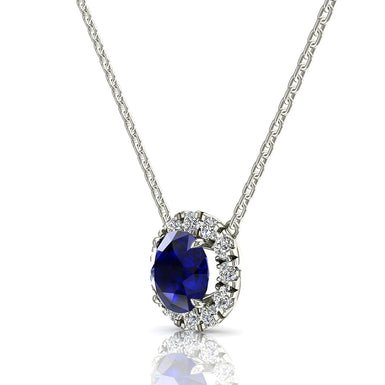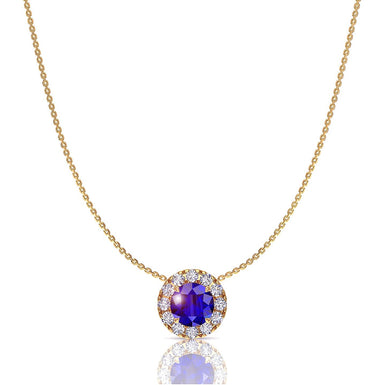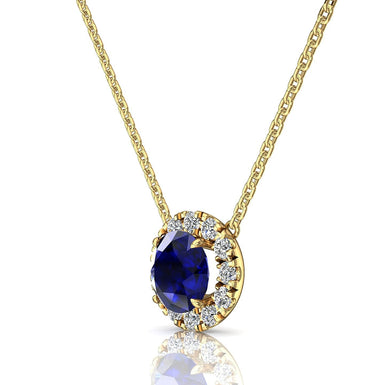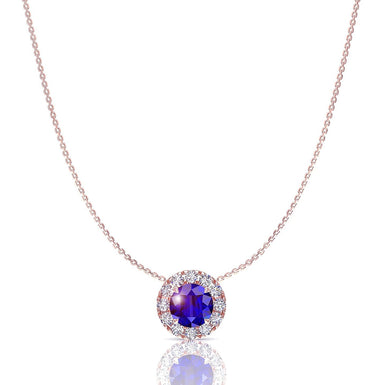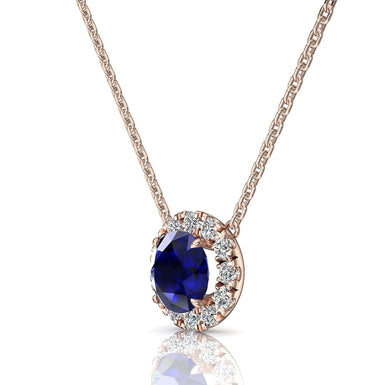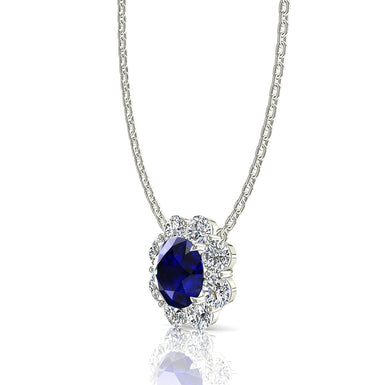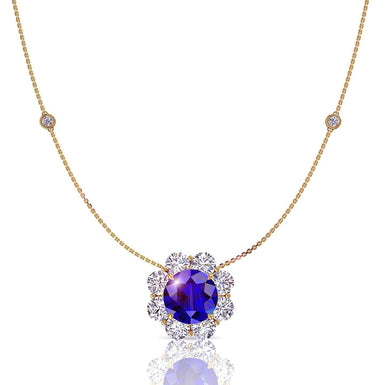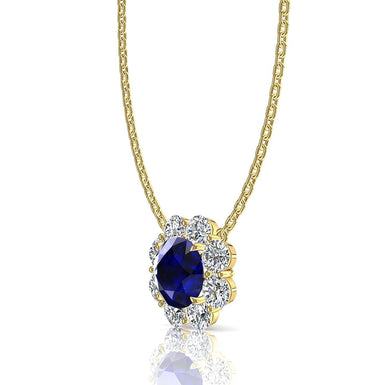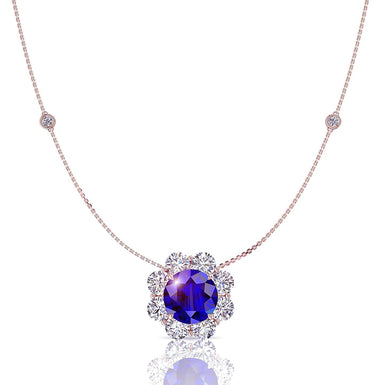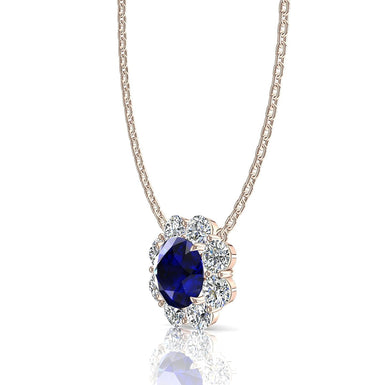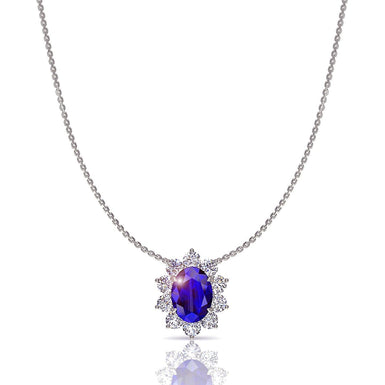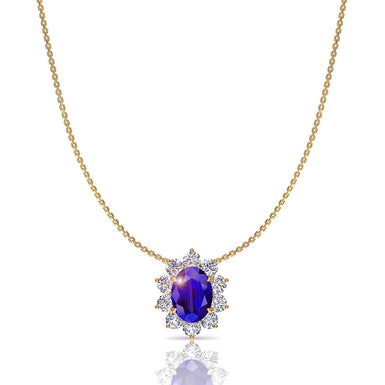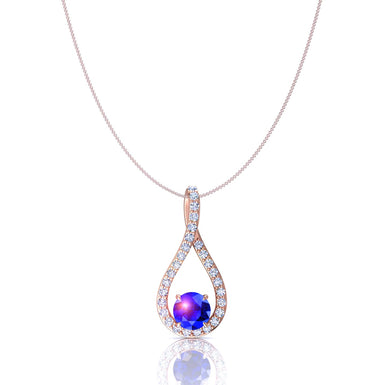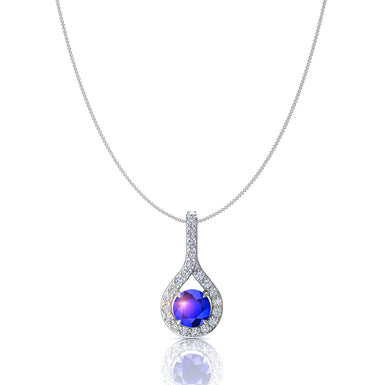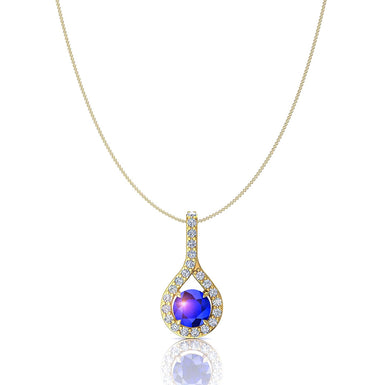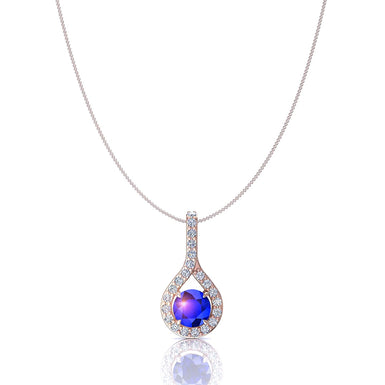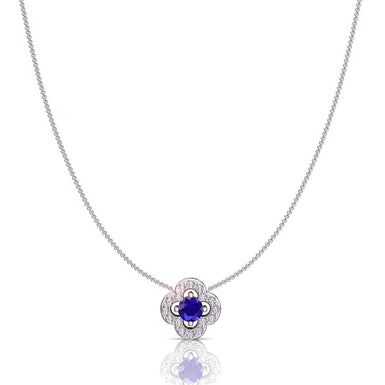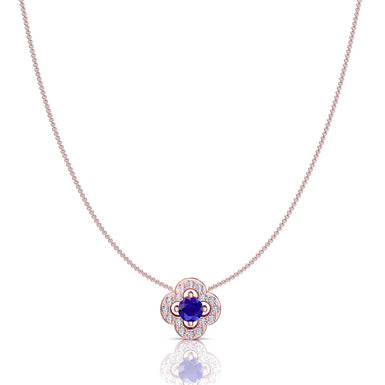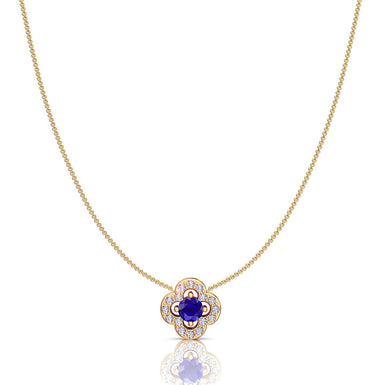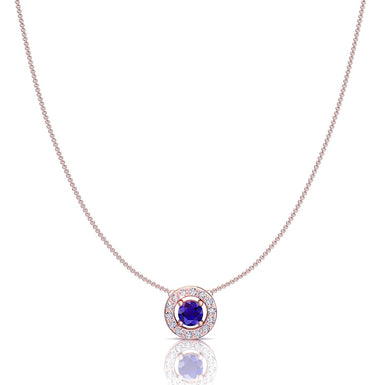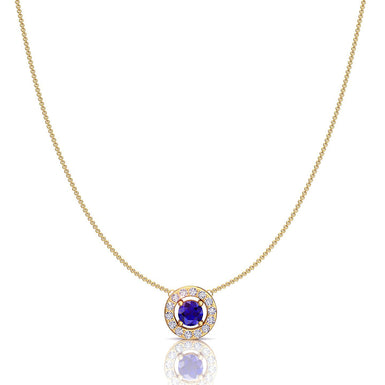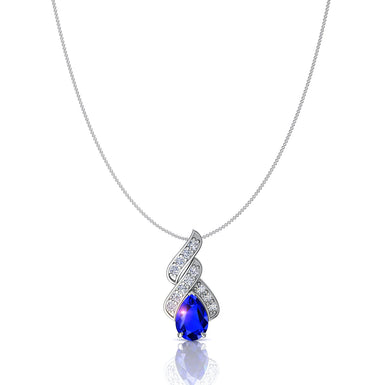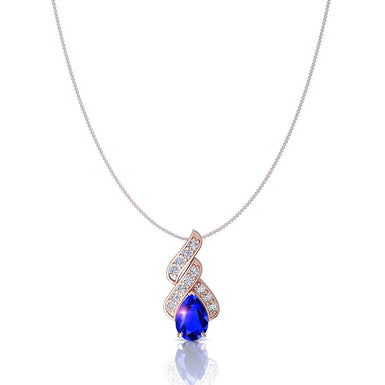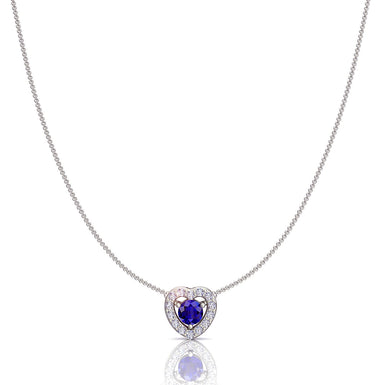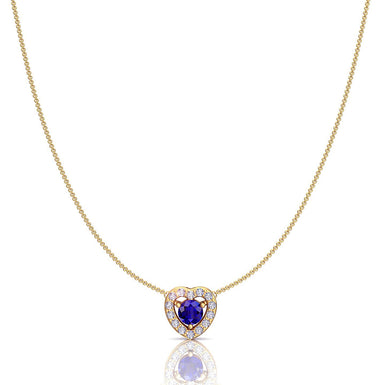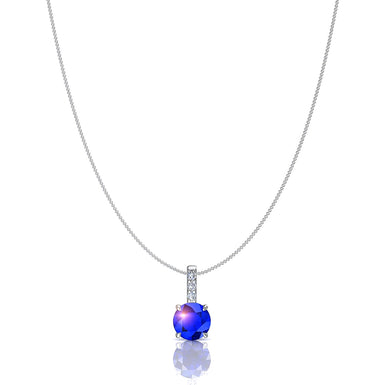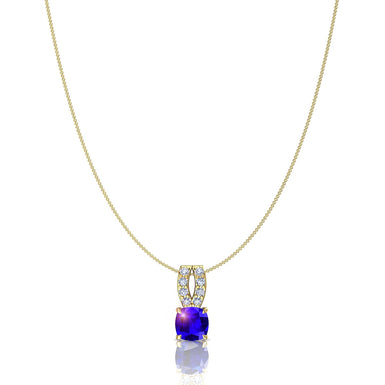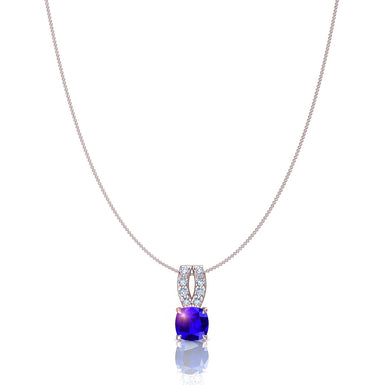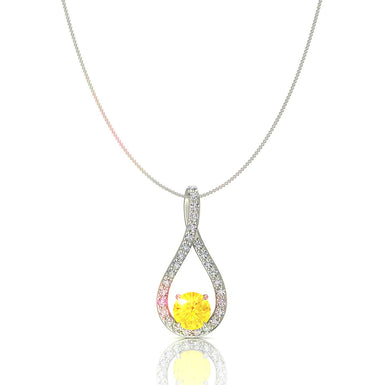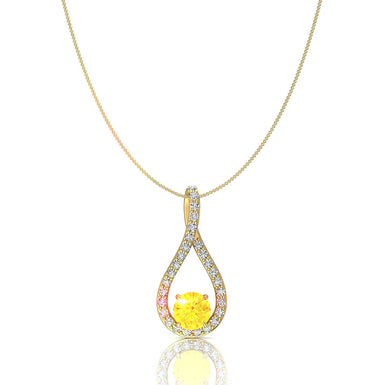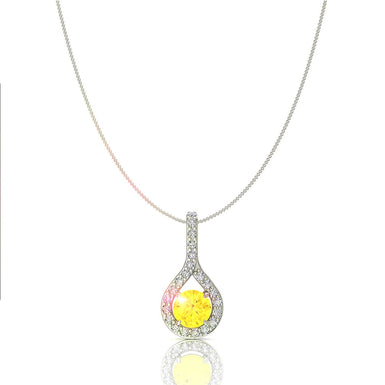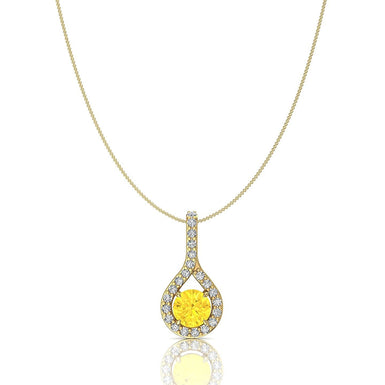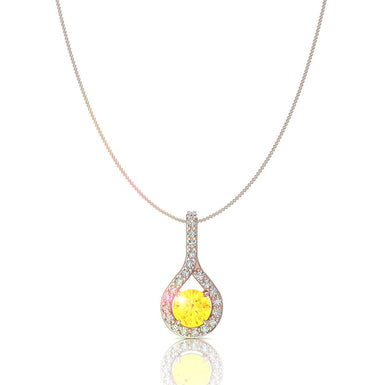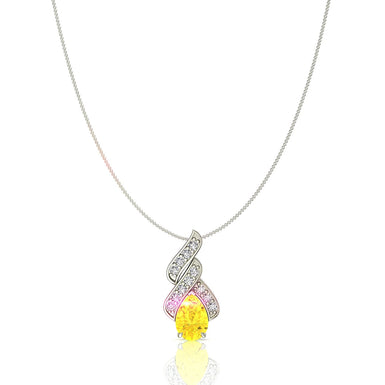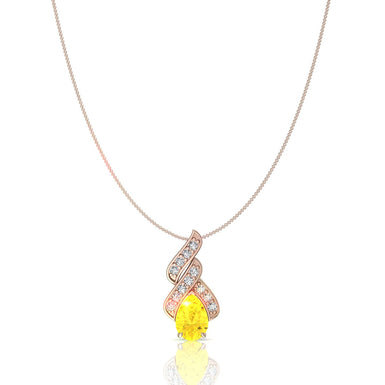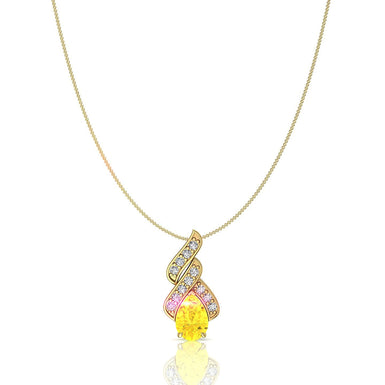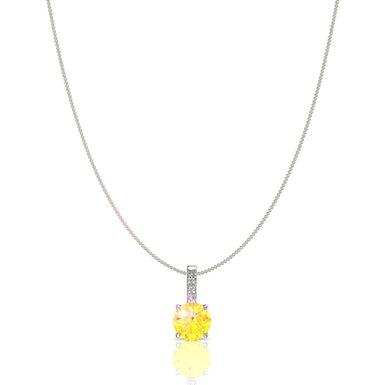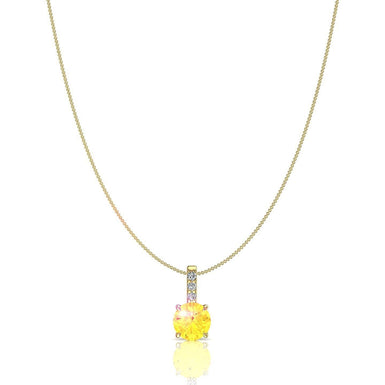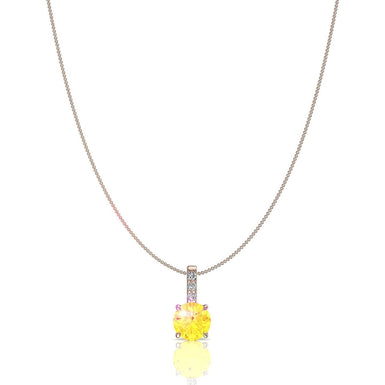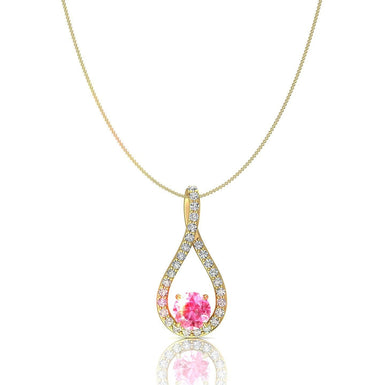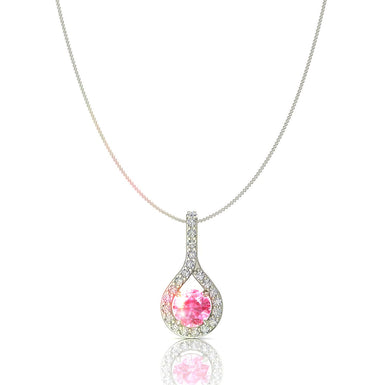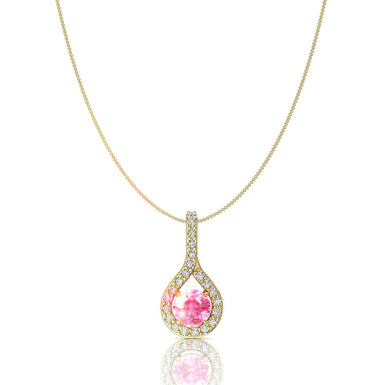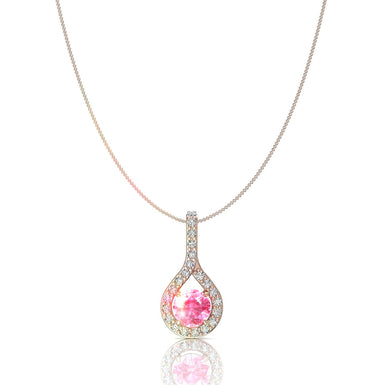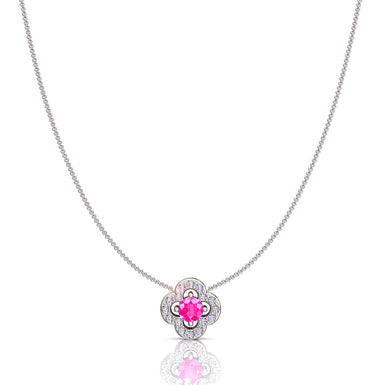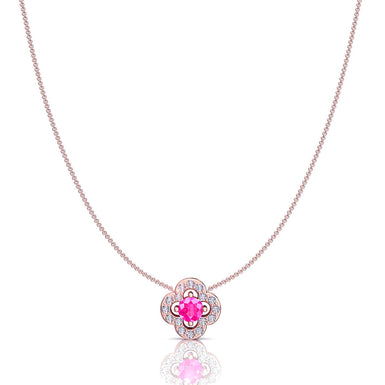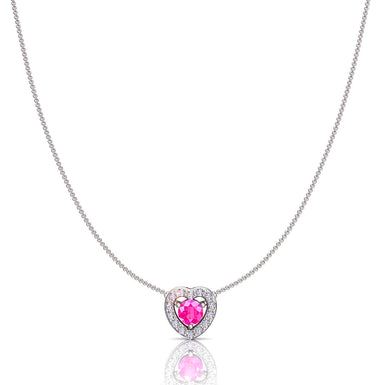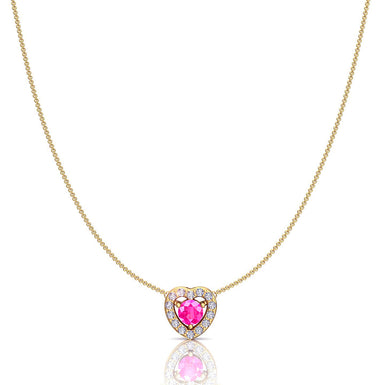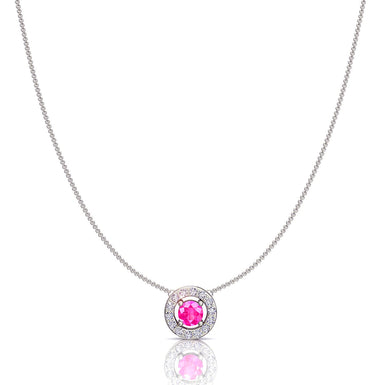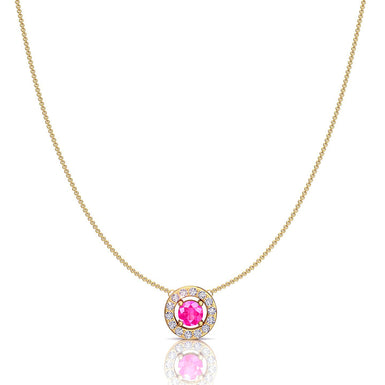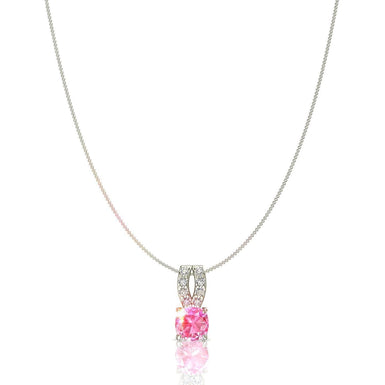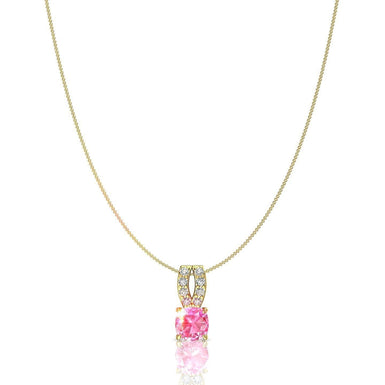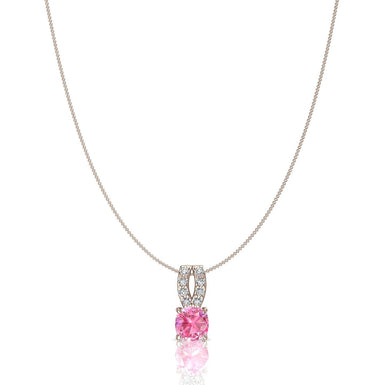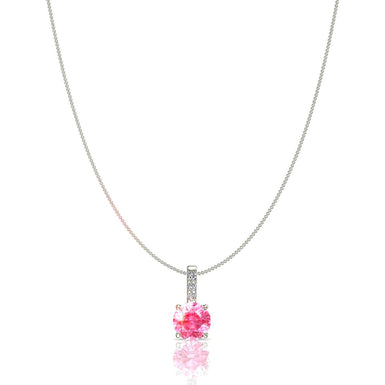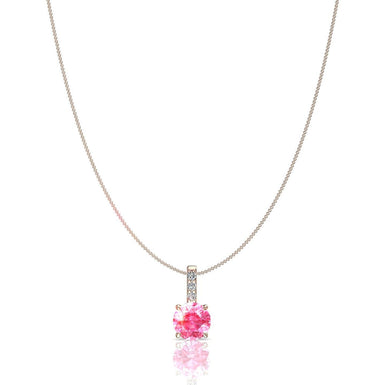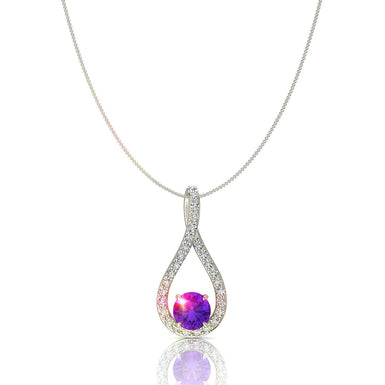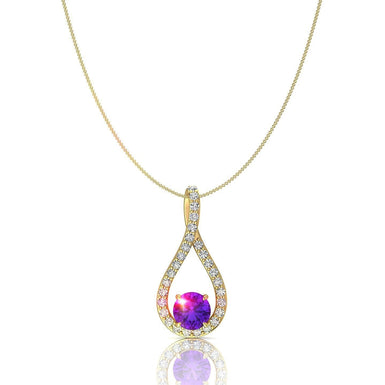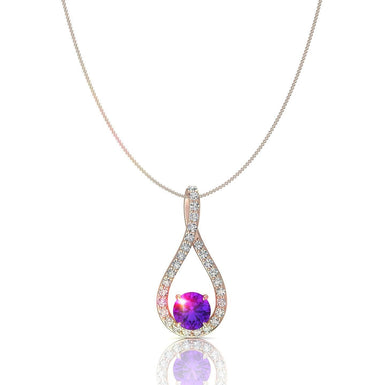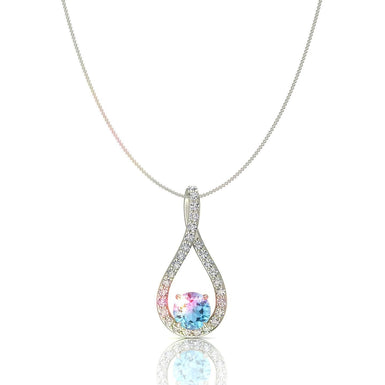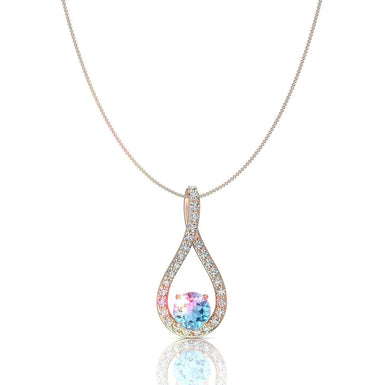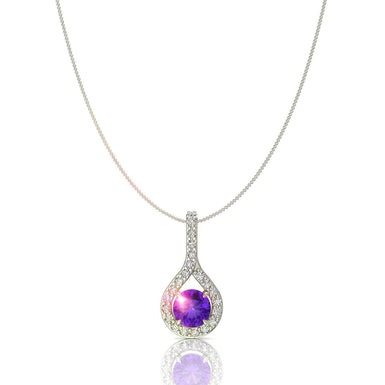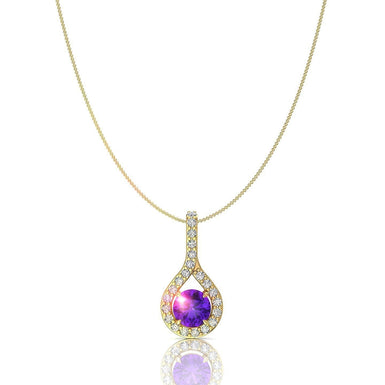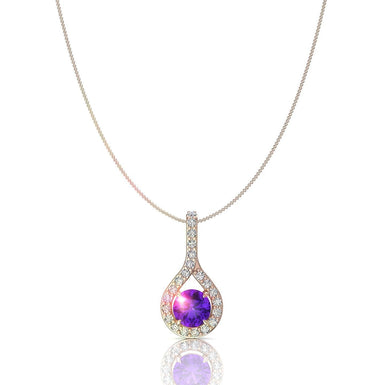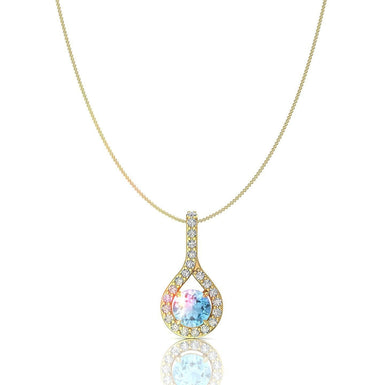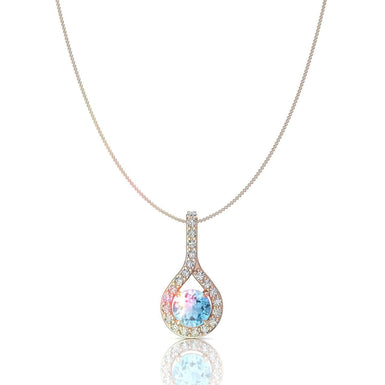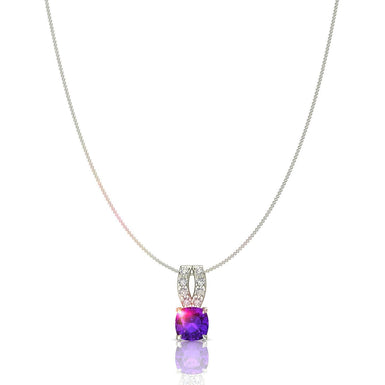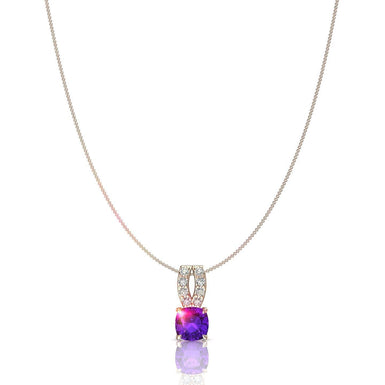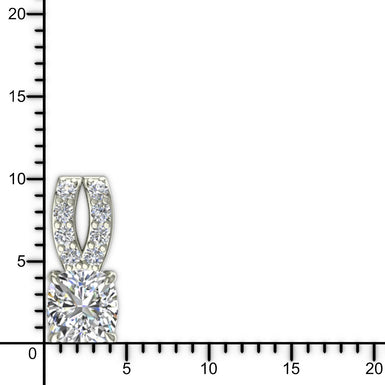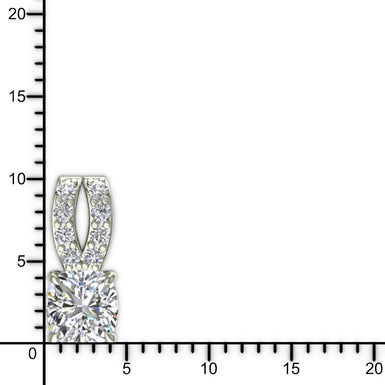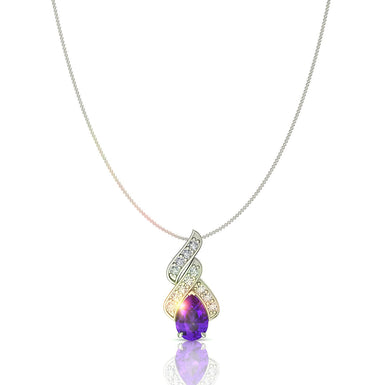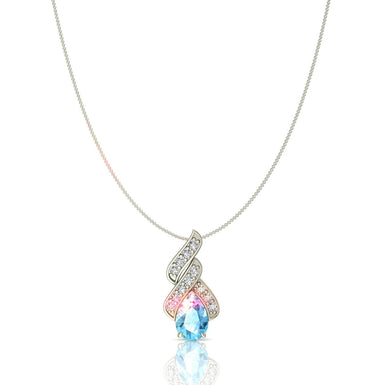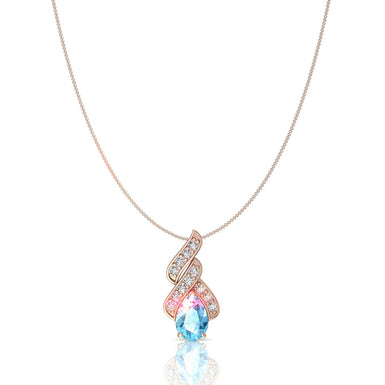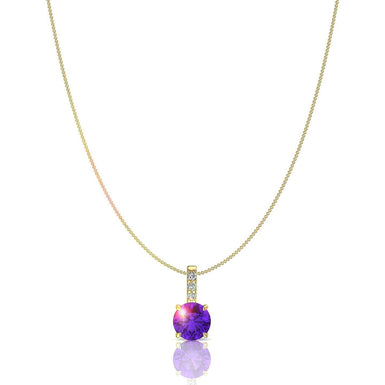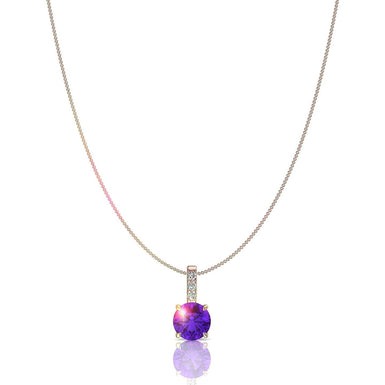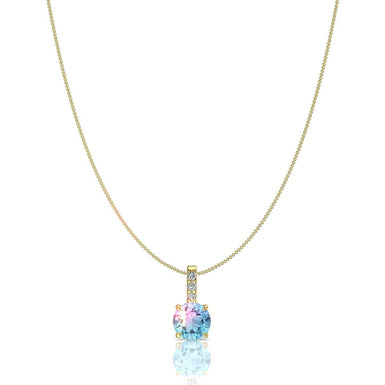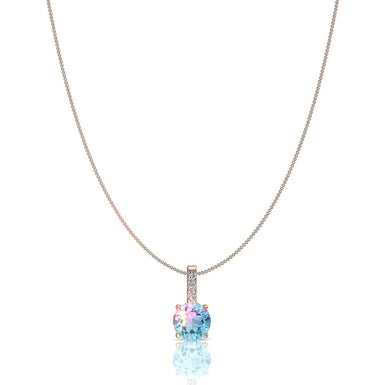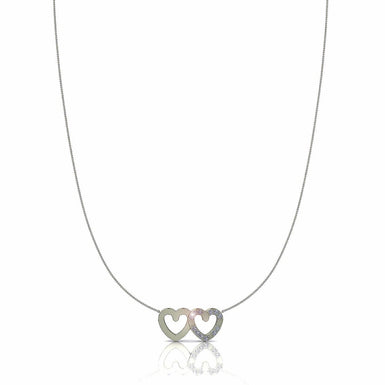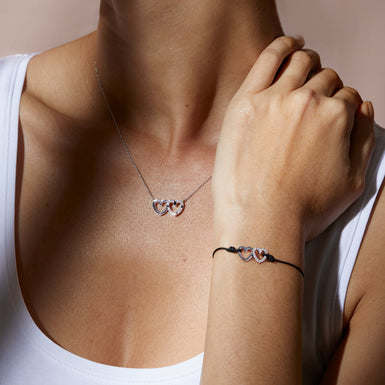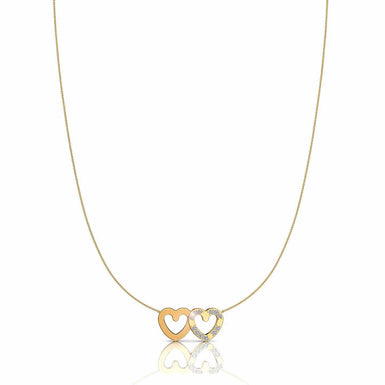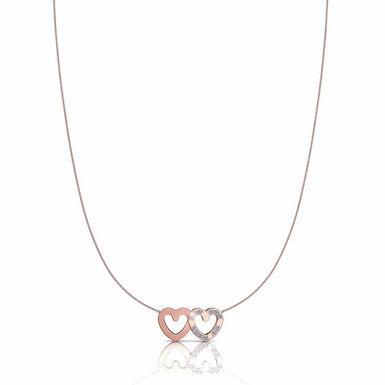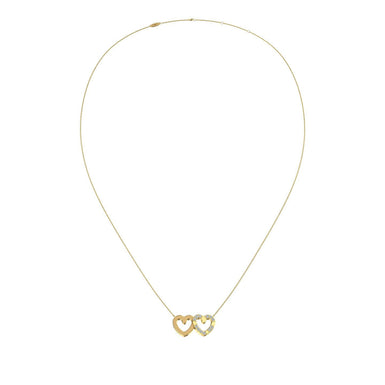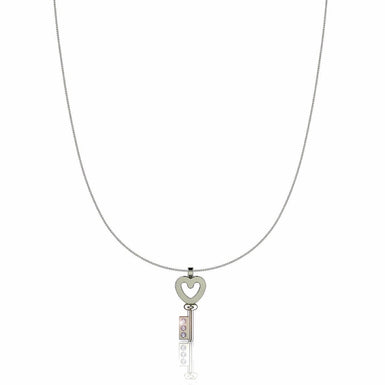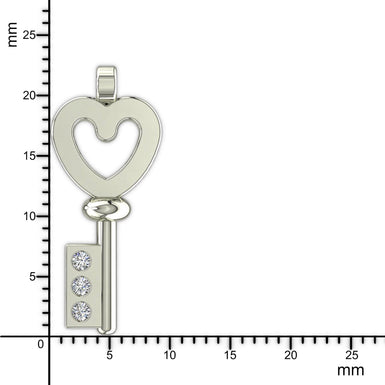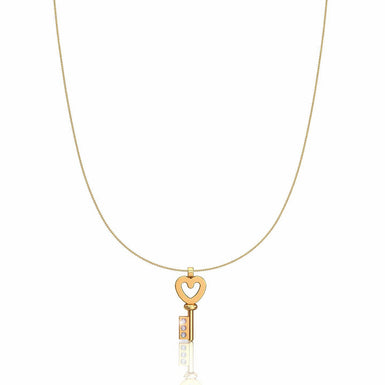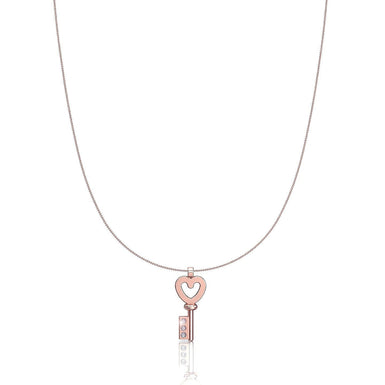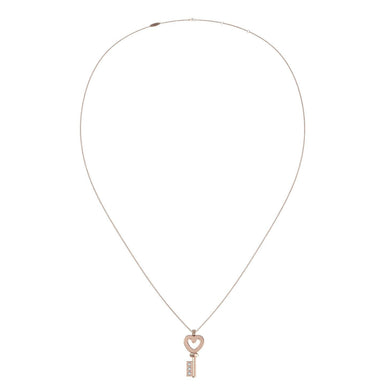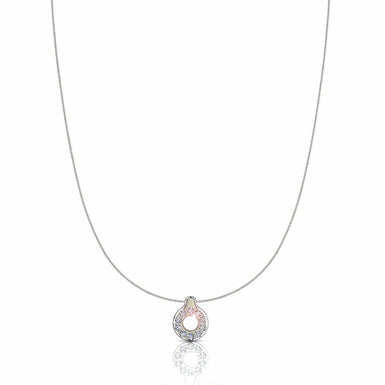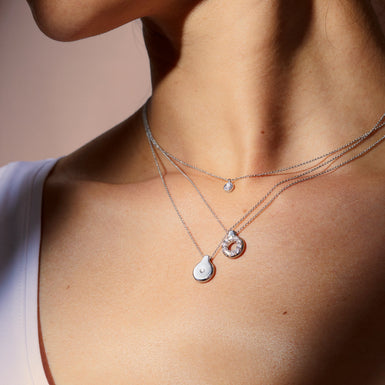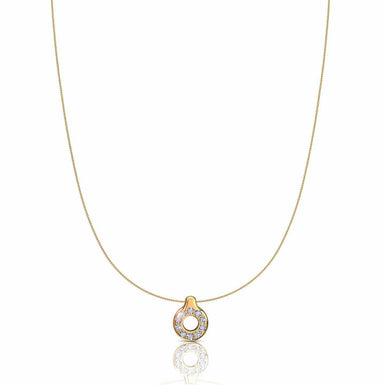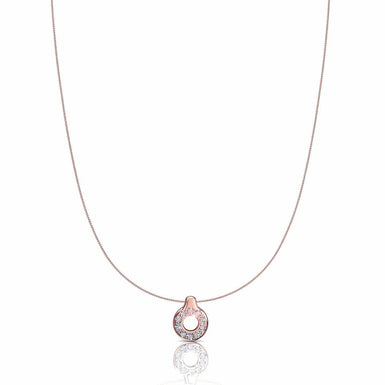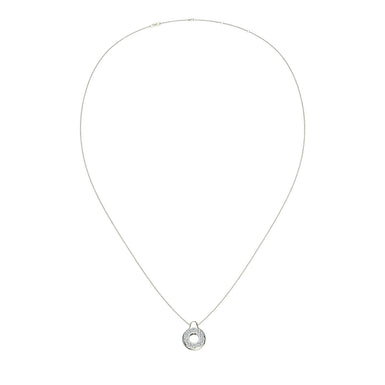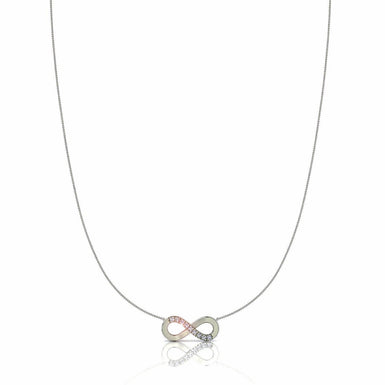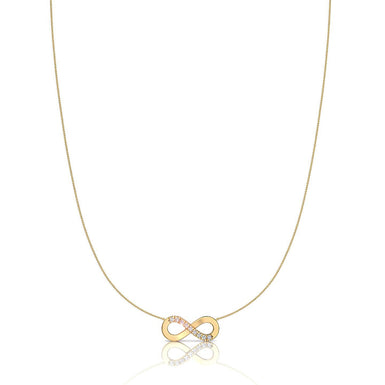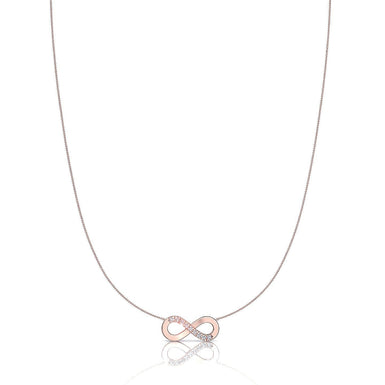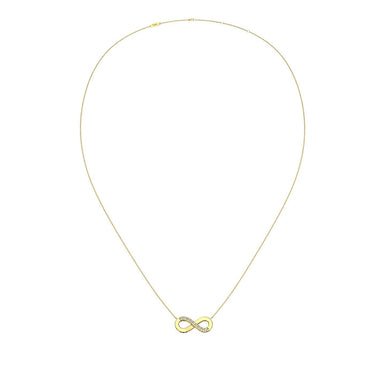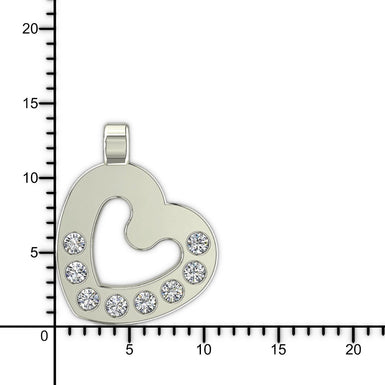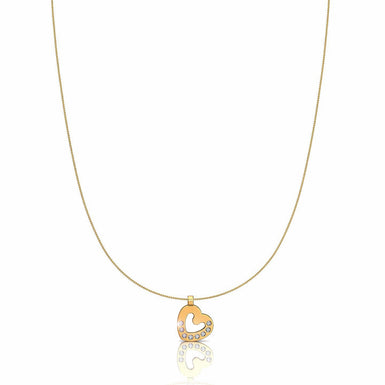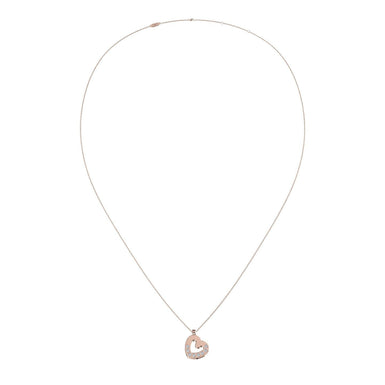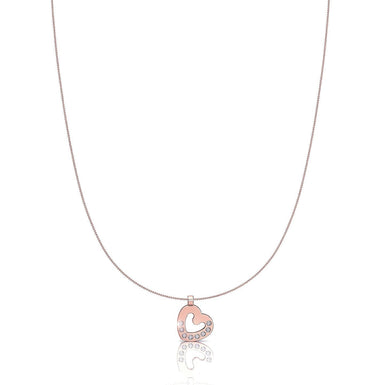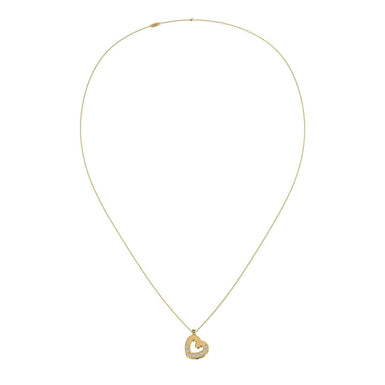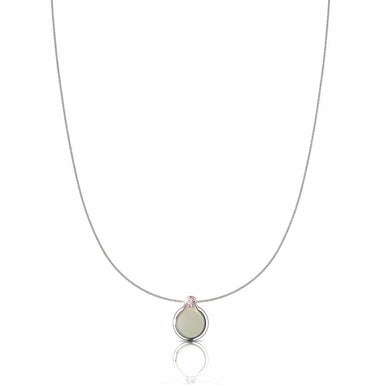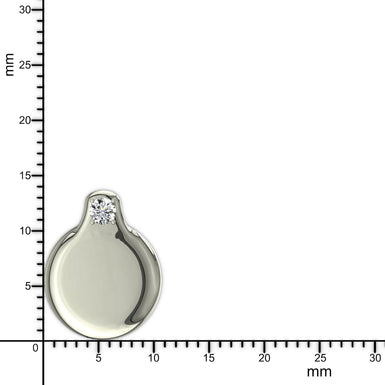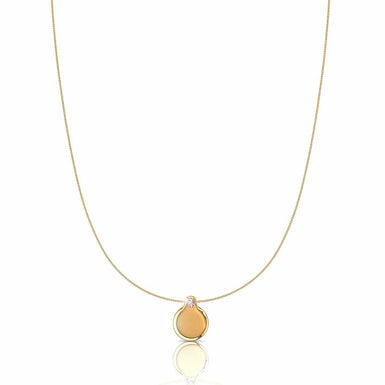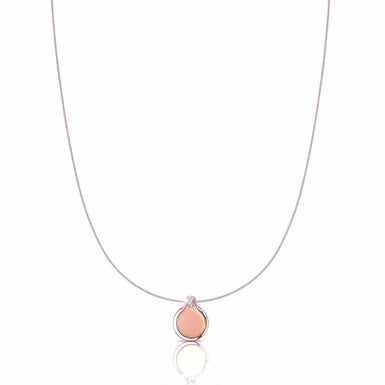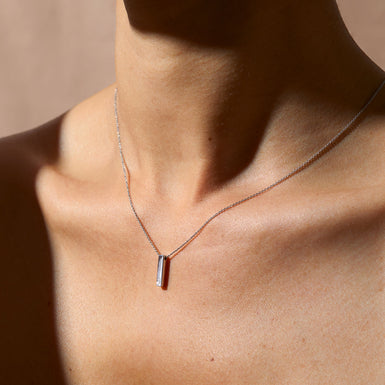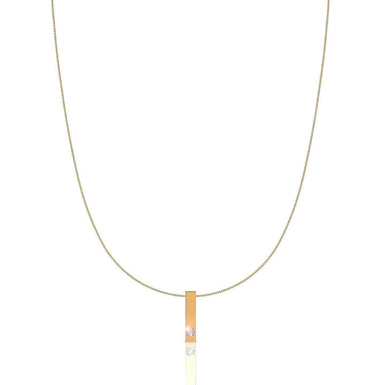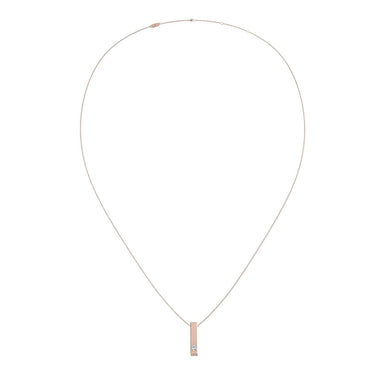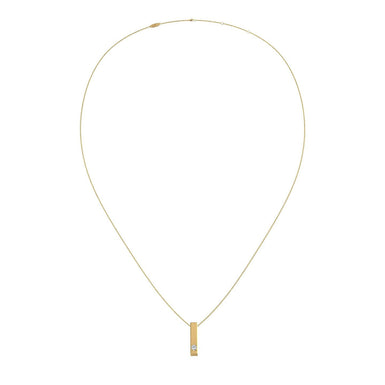Diamond and sapphire pendants
- Métal
- Stones
- Stone shapes
Here are 5 tricky questions about diamond and sapphire pendants:
1. What are the physical characteristics that differentiate diamonds and sapphires, and how do these differences affect their use in pendants?
Chemical composition and crystal structure: Diamonds consist of pure crystalline carbon, while sapphires are varieties of corundum, composed mainly of aluminum oxide with impurities of different elements. This difference in composition affects the hardness, durability and optical properties of the two gems.
Hardness and Durability: Diamonds have the highest natural hardness on the Mohs scale, while sapphires are also very hard but less hard than diamonds. As a result, diamonds are less likely to scratch or damage compared to sapphires, making them more durable choices for everyday wear in pendants.
Brilliance and Dispersion: Diamonds possess exceptional brilliance due to their high refractive index, which allows light to reflect intensely within the gem. Sapphires also have a nice shine, but their refractive index is slightly lower. However, sapphires can sometimes exhibit higher dispersion, meaning they scatter light into more pronounced spectral colors than diamonds.
Colors and varieties: Diamonds are often associated with a range of shades of white, from transparent to yellow, brown or even extremely rare pink, blue and green. Sapphires are famous for their blue color, but they come in a variety of hues, including pink, yellow, orange, green, purple, and white. Color greatly influences the value and aesthetics of gemstones in pendants.
Inclusions and Clarity: Pure, inclusion-free diamonds are highly prized, while sapphires can have various inclusions and imperfections. In pendants, inclusions can add character and uniqueness to sapphires, but they can also influence the way light passes through the stone, affecting its sparkle.
In sum, the distinct physical characteristics of diamonds and sapphires, including their composition, hardness, brilliance and color, guide their use in pendants. Diamonds are often favored for their durability and unparalleled brilliance, while sapphires are prized for their range of colors and unique optical properties.
2. How do internal inclusions in a diamond affect its value when used in a pendant compared to a diamond without inclusions?
Internal inclusions in a diamond can have a significant impact on its value, whether for a diamond used in a pendant or any other type of jewelry. Here is how inclusions influence the value of a diamond compared to a diamond without inclusions:
1. Clarity: Inclusions are internal imperfections or natural flaws in a diamond. The clarity of a diamond refers to the presence, visibility and location of these inclusions. A diamond that is free of internal inclusions or has tiny, inconspicuous inclusions is considered to have high clarity and is therefore more valuable. In the case of a pendant, clarity can play an important role in the overall appearance of the stone, as inclusions may be more visible when the stone is observed closely.
2. Brilliance and Sparkle: Internal inclusions can interfere with the transmission of light through the diamond, reducing its ability to optimally refract and reflect light. This can diminish the brilliance and sparkle of the diamond, which is particularly important for pendants, as the way light plays on the stone is critical to its aesthetics.
3. Aesthetic value: Inclusions can give the diamond a unique appearance, sometimes called "garden" in reference to the natural patterns formed by the inclusions. Some buyers appreciate this distinguishing characteristic and consider that these inclusions give the diamond an authentic and natural appearance. However, others prefer purer diamonds with no visible inclusions for their pendants.
4. Price: Diamonds with internal inclusions are generally less expensive than those with no inclusions or with very minimal inclusions. High quality diamonds in terms of clarity and absence of inclusions are rare and therefore more valuable. That said, the price will also depend on the cut, color, and overall size of the diamond.
In a pendant, inclusions may be less of a concern than in a diamond set in a ring, as they are often less noticeable when the stone is viewed from a distance. However, choosing a diamond with inclusions should be based on individual aesthetic and budget preferences. Some buyers prefer to sacrifice clarity for a larger cut diamond, while others prioritize purity and maximum optical clarity for their pendants.
3. Can you explain in detail the cutting and polishing process required to create Diamond and Sapphire Pendants with perfect facets?
The process of cutting and polishing a diamond or sapphire to create a pendant with perfect facets is a complex step that requires expertise in gemology and lapidary. Here is a detailed overview of this process:
1. Selection of the raw material: It all starts with the selection of the rough diamond or sapphire. Lapidaries look for high quality crystals, considering factors such as size, shape, color and clarity.
2. Sawing: To begin with, the raw crystal is sawn using special diamond blades. This cut makes it possible to obtain a basic shape close to the final shape of the pendant. The goal is to maximize yield while minimizing loss of valuable material.
3. Primary Cut (Cutting): Once sawn, the diamond or sapphire is shaped using a primary cutting process. Abrasive diamond wheels are used to create the first facets. Lapidaries consider the precise angle, size and placement of facets to optimize the stone's brilliance and dispersion.
4. Secondary cut (shaping): In this phase, the facets are refined and perfected to maximize the reflection of light inside the stone. Grinding wheels of different grits are used to refine the facets, while ensuring that the angles are consistent and the junctions between the facets are regular.
5. Polishing: Once the veneers are cut, the polishing process begins. Lapidaries use diamond wheels coated with diamond powder or other abrasives to polish each facet. This process removes scratches and blemishes left from previous steps, while giving the stone a final shine.
6. Inspection: After polishing, the diamond or sapphire is thoroughly inspected to ensure that all facets are aligned correctly, angles are accurate and the stone has optimum symmetry.
7. Cleaning and finalization: Once the cut and the polishing are satisfactory, the diamond or the sapphire is carefully cleaned to eliminate the residues of dust and abrasive particles. Then it is ready to be mounted in the pendant.
It is important to note that creating perfect veneers requires considerable expertise and lapidary skill. Each stone is unique, and lapidaries must adjust their techniques based on the individual characteristics of the raw crystal. Precision, symmetry and in-depth knowledge of the optical properties of gems are key to achieving a dazzling end result.
4. What are the pros and cons of different settings for Diamond and Sapphire Pendants in terms of safety and aesthetics for gemstones like diamond and sapphire?
Pendant settings play an essential role both from a safety and aesthetic point of view when it comes to showcasing gemstones like diamond and sapphire. Here are some pros and cons associated with different mounts:
Claw mount (claw set):
Advantage:
Maximum Shine: Prongs hold the stone in place while minimizing light obstruction, allowing the stone to shine optimally.
Airy Appearance: Minimal claws create an airy appearance that highlights the stone and allows an almost uninterrupted view of its surface.
Ease of cleaning: With a claw setting, it is generally easier to clean the stone because there is less metal surface in contact with the gem.
Disadvantages:
Less protection: The prongs don't cover as much surface area of the stone, which can leave more of the stone exposed and potentially vulnerable to bumps and scratches.
Possibility of Loss: If a prong loosens or breaks, the gemstone could break loose and be lost.
Bezel mount (set in bezel):
Advantage:
Increased protection: The bezel wraps around the stone, providing additional protection against impact and shock.
Modern styling: Bezel settings can provide a sleek, modern aesthetic, especially for larger stones.
Disadvantages:
Shine reduction: The bezel can block more light entering the stone, which can potentially reduce the brilliance of the gem.
Less visibility: The bezel setting can limit the visibility of some parts of the stone, especially its sides and base.
Pave frame:
Advantage:
Sparkling look: Pavé settings use small gemstones set side by side, creating a shimmering and luminous effect that can enhance the beauty of the center stone.
Protection for the central stone: The small cobblestones surrounding the central stone can act as a protective barrier.
Disadvantages:
Complexity: Pavé mounts are more complex to make and maintain, and may require more regular maintenance to prevent small stones from breaking off.
Less individual visibility: With many small stones, the individual visibility of each stone can be reduced, especially if they are very small.
Tension mount:
Advantage:
Contemporary Aesthetics: Tension mounts offer a modern, minimalist look, making the stone look like it's floating in the air.
Good visibility: Since the stone is held mainly by the pressure of the metals of the setting, it can be seen from multiple angles.
Disadvantages:
Risk of Loss: Although tension mounts are designed to hold the stone in place, there may be an increased risk of loss if the tension is not properly held.
Less protection: As the sides of the stone are more exposed, there may be an increased risk of scratches and wear.
Ultimately, frame choice will come down to personal preference for style, safety, and aesthetics. A well-designed setting should be functional and showcase the beauty of the gemstone while protecting it appropriately.
5. How does the index of refraction influence the way light behaves passing through a diamond in a Diamond and Sapphire Pendants, and how does this compare to refraction in a sapphire?
The refractive index plays a crucial role in how light behaves passing through both a diamond and a sapphire in a pendant. The refractive index is a measure of how fast light travels through a material relative to its speed in a vacuum. It influences how light is refracted (bent) as it passes from one medium to another.
Diamond:
Diamond has a very high refractive index, which means light travels slower through it than through air. When light penetrates a diamond, its trajectory is significantly deviated. The optical properties of diamond, in particular its high refractive index and high dispersive power (separation of white light into spectral colors), contribute to its characteristic sparkle and brilliance.
When light enters a diamond from the air, it experiences significant refraction at the surface of the diamond, creating what is known as the total internal refraction effect. This means that the light remains trapped inside the diamond and reflects inside several times before exiting. This effect contributes to the diamond's dazzling sparkle and brilliance.
Sapphire:
Sapphire also has a high refractive index, although slightly lower than diamond. This means that light will also experience significant refraction as it passes through a sapphire, which contributes to its brilliance and sparkle. However, due to the slightly lower refractive index of sapphire compared to diamond, the total internal refractive effect in sapphire can be less pronounced. This can result in a slightly less intense dispersion of colors in sapphire compared to diamond.
In summary, the high refractive index of diamond and sapphire affects the path of light by creating internal refractions and reflections that contribute to the brilliance, sparkle and spectacular visual appearance of these gemstones in the pendants. Although the two stones share similar optical characteristics due to their high refractive indices, slight variations between their refractive indices can cause subtle differences in how light behaves through each.
-
Delivery
quote -
Warranty
10 -
Jewelry
and Assistance -
Payment
secured -
Customer Service
always available -
Certificate
authenticity -
Changing the
size -
Engraving
for free -
Payment in
several times







